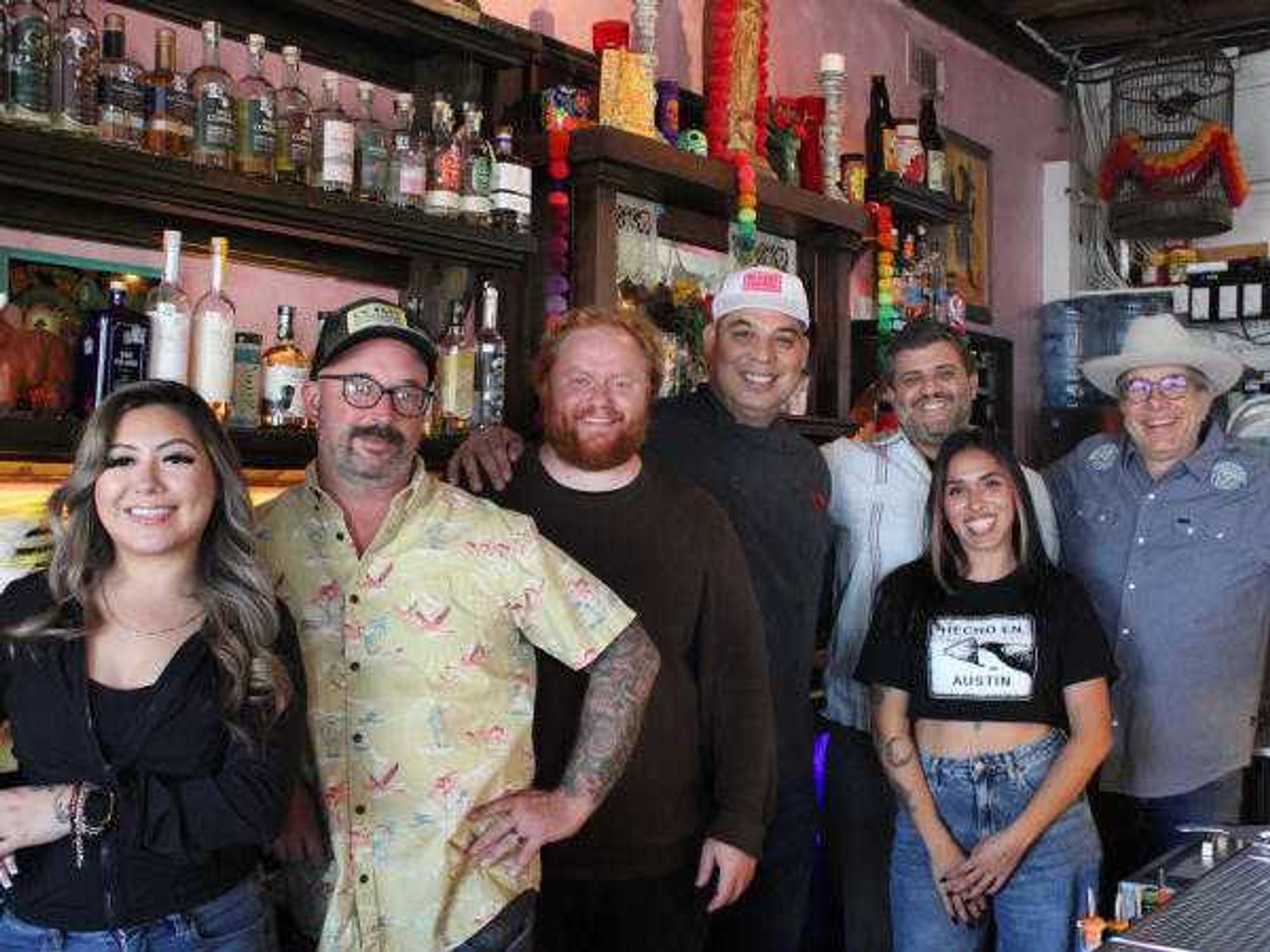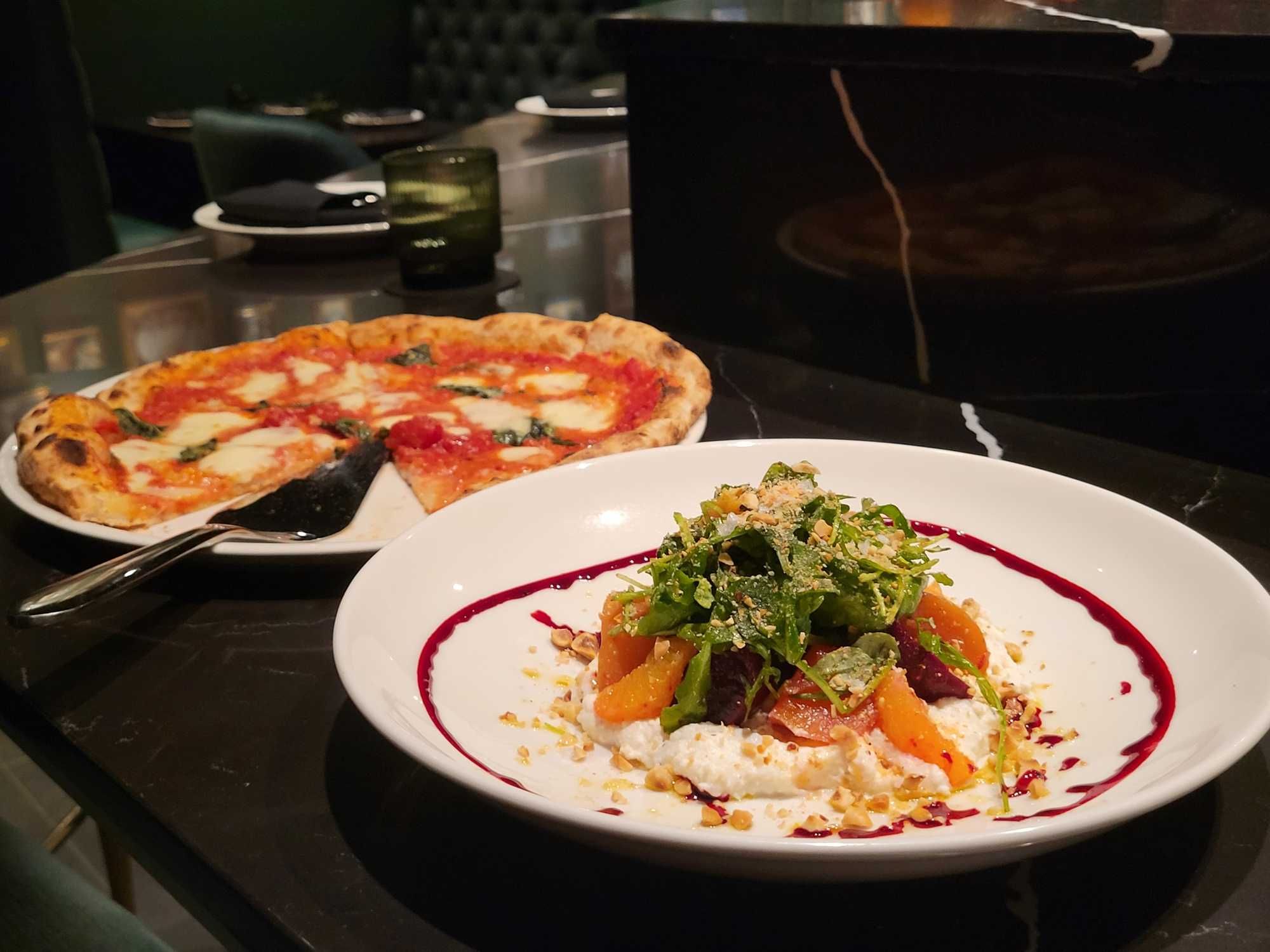come sail away
New floating sanctuary for birds and plants sets sail on Lady Bird Lake

The floating wetlands project at Lady Bird Lake is almost complete. Just over four months after calling for artists, The Trail Foundation made its selections, saw the work finished, and is giving the float a mini sail away parade on May 14 at its Arts and Culture Celebration. The artists will assemble the final piece with help from community volunteers, and ceremoniously float it down the lake, anchoring it off the shore at Lakeshore Park.
The procession on Saturday starts at the Waller Beach Boat Launch from 10 am to 12 pm, with live music. Viewers can follow the procession, visualized on Google Maps, by foot on the Ann and Roy Butler Hike-and-Bike Trail or by boat. At the final destination, the celebration continues with a dance performance by Body Shift, a collective of performers with diverse abilities, and a sustainability workshop by Future Front and Sustain the Mag. Weird Tea and Beverages is providing beverages alongside JuiceLand. Most importantly, the Trail Foundation is sending representatives through the Arts and Culture team to collect public input on current projects.
“My grandmother always says, ‘What to do to get it is what you do to keep it,’” recounts Rejina “Regi” Thomas, a painter and glassworker among the three artists, while discussing community involvement in caretaking local waterways.
Thomas says she grew up in Austin, and points out that local life has long been organized around the river. “I'm very glad that the world's eye is on our environment — protecting and preserving it — and that we were all put here for some very unique reason.”
Floating wetlands are a type of container garden that sits on top of a body of water and filters that water through its roots. They provide bioremediation (removing pollutants from the water) habitats for local wildlife. This one in particular is meant to house birds, and looks like a giant domed bird cage. Its six-foot peak is framed with bent bamboo from Thomas’s yard: an invasive species made useful without risk of rerooting.
Thomas worked alongside two other artists guided by environmental artist Stacy Levy, who has done significant work with bodies of water, and local curators Public City. Taylor Davis, a landscape architect and artist, creates work about the interaction between urban and natural environments. Ruben Esquivel, a multidisciplinary artist, brings experience in graphic design, events, and more.
One of Levy’s considerations in guiding the artists was how the float would look from all angles, especially considering that it isn’t tethered to one point in the lake. The plants are dense enough to provide cover for wildlife, but leave enough space that the project doesn’t fully obscure the opposite shore. Levy lists some of the plants found on the installation: pickerelweed, frogfruit, bulrush (cattails), blue flag iris, and the native Texas Star Hibiscus.
“Many of these are flowering plants in their season, but they're all going to be working to get some of the nitrogen and phosphorus out of the lake. We allow so much junk to run off from parking lots and roads and lawns,” says Levy. “Though we're not going to solve [all water problems] with this one piece, it's like saying, here is a drop in the bucket. If you put more drops in this bucket, you could fill it.”
As a collaborative piece between artists from different backgrounds, this project is all about drops. Levy asserts that although technology gets a bad rap in opposition to nature, it is necessary as “part of the system.” To the same end, Thomas tells what at first seems to be a meandering story about life during her childhood.
When her mother was out of an ingredient, she’d tell her kids to hurry down the road and bring something back. It was not a challenge to keep the kids healthy, although it did. It was just part of normal life.
“We didn’t know we were jogging,” she says. That’s what the artists want for this piece — a natural and naturally helpful lifespan for this hunk of plastic, put there by loving Austinites to save their waterways.”

 Beet and citru salad at Moderna. Photo by Brianna Caleri
Beet and citru salad at Moderna. Photo by Brianna Caleri